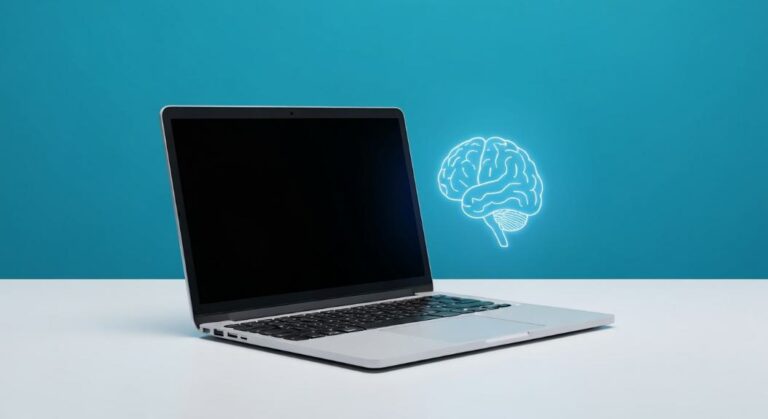As artificial intelligence continues reshaping the American workforce, new data reveals substantial job displacement across multiple sectors in 2025. Over 10,000 U.S. jobs were eliminated due to AI automation, with entry-level positions bearing the brunt of these cuts. Major consulting firms like McKinsey have deployed thousands of AI agents to handle tasks previously performed by junior staff, while CEOs increasingly tie hiring and promotion decisions to AI fluency. With 806,000 job cuts announced throughout the year, 2025 marked the highest level of workforce reductions since 2020.
AI automation drives massive job cuts across America, forcing entry-level workers to adapt or risk displacement in the evolving workforce.
The impact extends beyond routine tasks, reaching into knowledge-based professions. College graduate unemployment hit 5.8% in March 2025, a four-year high, suggesting AI’s growing influence on traditionally stable career paths. Approximately 30% of U.S. companies have replaced workers with AI tools like ChatGPT, with tech sector job losses averaging 491 positions daily in the first half of 2025. Two-thirds of all jobs in the US and Europe face exposure to automation.
Despite these concerning trends, economists maintain a measured outlook on long-term employment prospects. While AI could potentially displace 6-7% of the U.S. workforce upon widespread adoption, historical patterns suggest such dislocation may be temporary.
Research indicates that technology-driven unemployment typically increases by 0.3 percentage points for each 1% gain in productivity, but these effects generally diminish within two years. The evolution of work appears gradual rather than sudden, with estimates suggesting it may take two decades to automate half of current global job tasks.
While certain roles face higher risk, particularly in administration, manufacturing, and routine clerical work, new opportunities are emerging in healthcare, technology, and AI-related fields requiring advanced skills. Interestingly, blue-collar workers are proving more receptive to AI integration, which helps them work smarter with AI-powered technologies like sensors and neural networks.
Workers’ concerns mirror these changes, with 30% expressing fear of displacement by 2025. However, the path forward emphasizes adaptation and continuous learning. As AI adoption remains uneven across industries, with overall implementation below 10% but rising quickly in specific sectors, the key to career stability lies in developing adaptable skills and embracing lifelong learning.
This conversion period, while challenging, points toward a future where human capabilities evolve alongside technological advancement rather than being entirely replaced by it.







